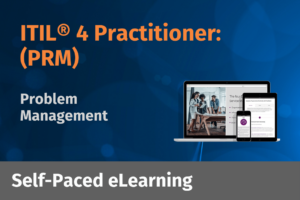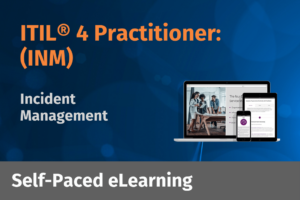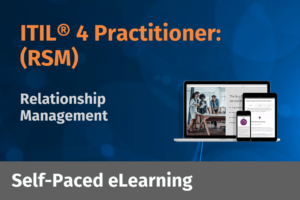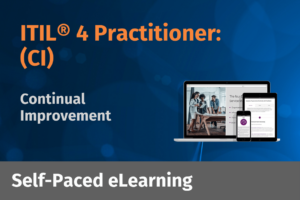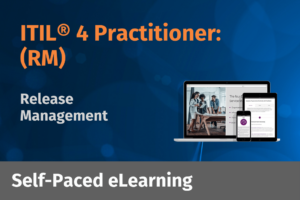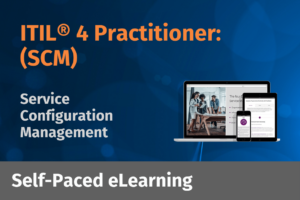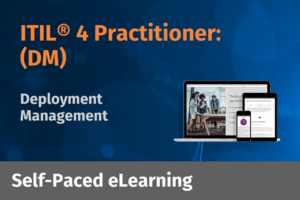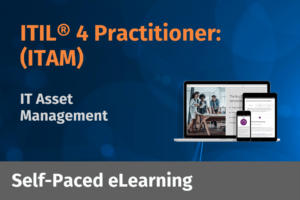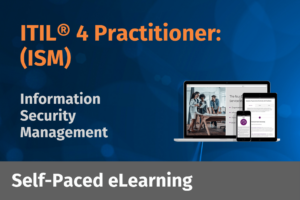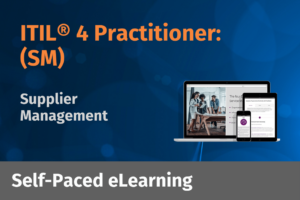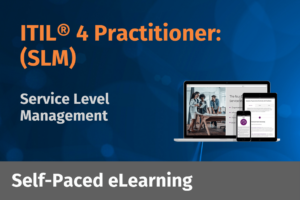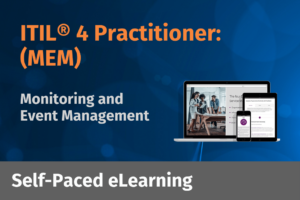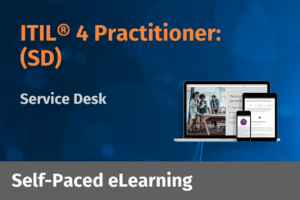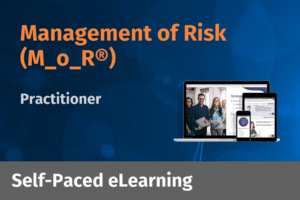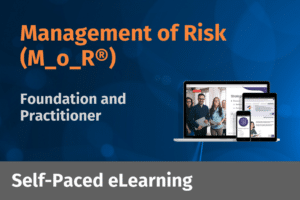Trying to understand how you can integrate a data-driven vision into your strategic agenda? Or perhaps you understand the need for a data-driven vision but need some tools to successfully implement it in your organisation.
Trying to understand how you can integrate a data-driven vision into your strategic agenda? Or perhaps you understand the need for a data-driven vision but need some tools to successfully implement it in your organisation. In this article, I will closely examine 5 core factors for an organisation’s success or failure in the data-driven economy, some of which you may find surprising.
Executives around the world are focusing vast amounts of time and effort into tackling the data-driven world from their own organisational perspectives. Whether you’re working in a legacy organisation that requires a complete overhaul of infrastructure, software and business processes to harness the potential of Big Data, or in a digital native business that is trying to keep pace with the competition, almost every major organisation must now understand how they can integrate a data-driven vision into their strategic agendas(1).
It is safe to say that Big Data and Data Analytics are now firmly established in the mainstream Technology world and will be a mainstay in the Gartner Hype Cycles and on the top end of CxO agendas for years to come. Matt Turck, a prominent contributor in this field, reflected earlier in the year in one of his blogs(2) about how far the discipline had come since it was first touted in the market at the start of the decade. Since then Big Data has embarked on a journey to become a norm in the industry, a journey Turck describes as one from the widespread, to ubiquitous and that is moving towards the invisible.
So while you know there is a need for implementing it, how can you be sure that you’re implementation process is one that will lead to success?
It is important to note that the levels of success in this pursuit vary from company to company. But what are some of the critical factors to success and failure that you can look at to maximise results? Interestingly, when looking into this, I found that whilst selecting the right technology and implementing it in a technically sound manner was naturally of importance, the other core reasons that kept being cited were predominantly unrelated with the Technology itself. Summarising the various articles and opinions that I looked at, there are 5 core areas that stuck in my mind as being pivotal to an organisation’s success or failure in the data-driven economy:
- Purpose – This factor came up time and again. Understanding the purpose of analytics and what you want to achieve is vital to success. Not only this, but understanding how you act on the defined purpose will put you in a very strong position to derive maximum value from your Data Analytics initiatives. Be clear and specific about what you want to achieve, and once you have done this, ensure you act on the insights. The other important point here is that your approach to analytics should not be static. A McKinsey Quarterly article on this subject cites John Boyd, a retired army colonel and his approach to battle as being a useful tactic to replicate when doing Data Analytics; Observe, Orient, Decide, Act(3) … and repeat. In simple terms, those businesses that can take in information, decide what it means, and how they should act, in a quick and efficient manner will be more successful than those that cannot. But it doesn’t end there. You need to adapt with the changing landscape that you work within. Insights are time bound and ever changing. You must be able to constantly consume new insights and act on them to stay ahead of the game.
- Trust – Executives need to trust the Analytics that they are being provided with to take insights and turn them into decisions. A 2016 survey by Forrester reported that around 60% of executives questioned were ‘not very confident’ in the Data Analytics and Insights that they were given(4). This is a major issue. For Analytics initiatives to be successful, the business needs the consumers of these Analytics to trust the insights and act on them … and when this can be achieved old tendencies around ‘gut feeling’ decision making will become a thing of the past.
- Transparency – This one is inherently linked to the previous point on Trust. The same Forrester survey found that the level of trust gradually decreased through the Analytics process, i.e. trust was greatest in the data gathering phase and lowest in the data visualisation phase(4). A robust Data Provenance Model can be a crucial way for organisations to address the issues of trust and transparency in the Analytics to ensure the business not only values the Analytics being provided, but is confident in its validity.
- Culture – To become a data-driven business, there needs to be mandate from the very top of the business. Without mandate and the associated behaviours from the executives of a business that promote and support the use of Analytics, any initiatives are likely to either fail or not reach their true potential(3). In today’s world, the result of this can be catastrophic for businesses as they will simply get left behind by those that can create the culture to succeed through analytics.
- Skills – there is a huge and growing demand for skills in this domain. New roles have emerged such as the Data Scientist, the Chief Data Officer and more will naturally follow. Organisations will need to create multi-disciplinary teams with a variety of skills and specialisms to truly maximise the potential for their organisation. Combining technical skills with business acumen will also be pivotal to ensure that the opportunities for the business are leveraged in the best way possible and are not lost in translation between the business and IT.
The plethora of Big Data Services and Technologies available to organisations look set to continue to grow for years to come. Success in this space however, will likely go to those that can combine technical know-how with an ability to add tangible business value to the organisation. Having that big picture view that we often consider a valuable skill for those in the Enterprise Architecture space will likely be a beneficial trait for those seeking success in the Big Data space as well, so that you can piece together the complex puzzle of Data Analytics and transform it into something that the business really values. Our recently launched Big Data course equips you with a wide range of Data Science and Analytics techniques and is coupled with real-world applications and a look into the business perspectives and challenges that the technologies in this field are looking to address. You can find out more here.
(1) The age of analytics: Competing in a data-driven world – Nicolaus Henke, Jacques Bughin, Michael Chui, James Manyika, Tamim Saleh, Bill Wiseman, and Guru Sethupathy – McKinsey Global Institute – December 2016
(2) Is Big Data Still a Thing? (The 2016 Big Data Landscape) – Matt Turck – February 2016
(3) Making Data Analytics work for you – instead of the other way around – Helen Mayhew, Tamim Saleh, and Simon Williams – McKinsey Quarterly – October 2016
(4) Executives still mistrust insights from data and analytics – Thor Olavsrud, CIO.com – November 2016.








